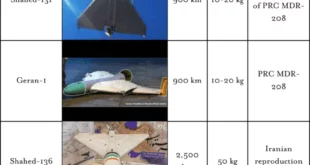The train once used by the former Yugoslav leader, Josip Broz Tito, is now taking tourists from Serbia to Montenegro.It was a train that once carried monarchs and world leaders. But now holidaymakers, keen on learning more about the history of former Yugoslavia, can take a trip in the ex-President’s state carriages as part of an escorted tour.
The travel firm Explore Montenegro is offering a holiday package that includes a day’s ride on the so-called Blue Train, built in 1959 for Tito, who ruled Yugoslavia from 1945 to 1980.
According to the tour operator, the train was one of the most luxurious in the world when it took to the rails.
Now guests will be taken on a 12-hour voyage of exploration in Tito’s tracks with educational talks, breakfast and a three-course lunch (with wine and plum brandy) cooked on board by local chefs, enjoyed in the former ruler’s wood-panelled dining car.
Leaving Belgrade at 7am and arriving in Bar, in Montenegro, at 7pm, the train travels through the Serbian plains and Montenegrin mountains, passing gorges and lakes.
The excursion is combined with a short stay in Belgrade and a longer stay on the Adriatic Montenegrin coast.
The Art Deco interior of the train is mostly made of mahogany, pear and walnut wood, according to Serbian Railways, the country’s national railway company. The saloons and hallways are decked out with intricate marquetry, wool carpets, velvet and silk.
The carriages include apartment saloons for Tito and his guests, a “ceremonial” conference room, dining car, a kitchen and sleeping quarters.
The train, said to have travelled more than 600,000 km during its time in service, was used to transport Tito’s coffin across Yugoslavia, following his death in May 1980.
During his 35-year-long reign, Tito outlawed all political opposition and imprisoned his opponents. Some also say that his poorly-advised economic policy saddled Yugoslavia with enormous foreign debts.
But his legacy is complex and there is still much nostalgia for him in several of the Yugoslav successor countries, where his rule is remembered as a time of peace and relative prosperity.
Tito’s memory has always been surrounded by speculation concerning his ethnic origins, his women and his children.
Kuca Cveca, the “House of Flowers” where he was buried and the location of the Museum of History of Yugoslavia, is still one of the most visited landmarks in Belgrade. Some 17 million people have visited the site since 1980.
 Eurasia Press & News
Eurasia Press & News


